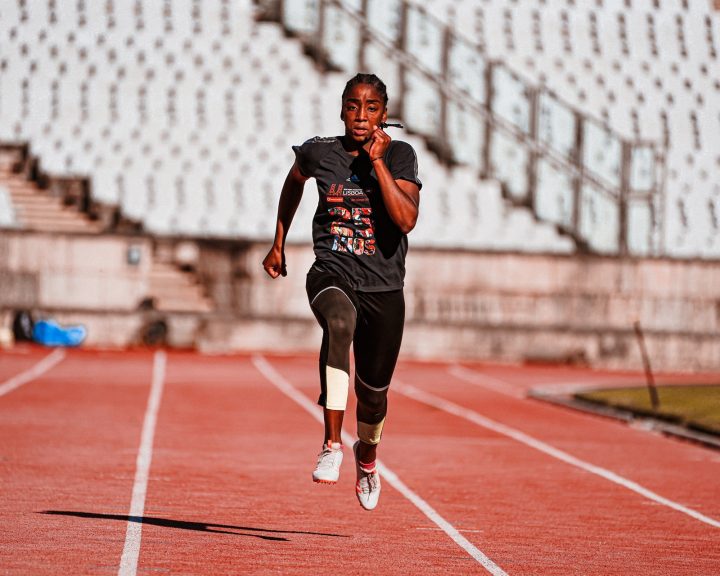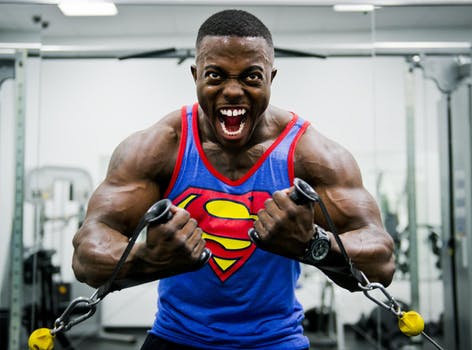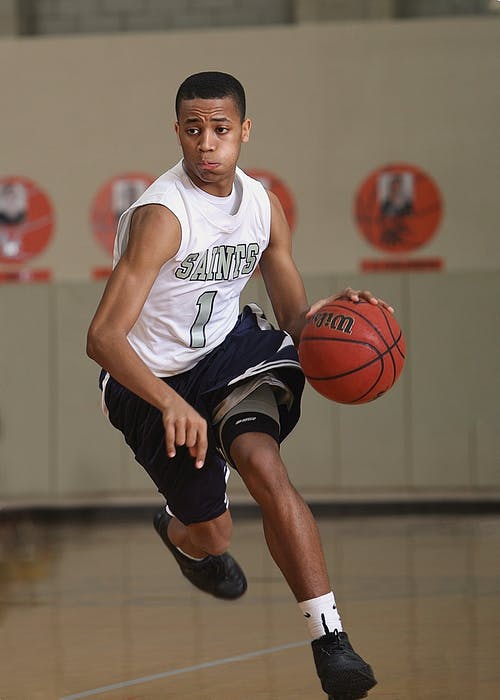In a previous post (http://www.cissik.com/blog/2017/01/power-development-part-i-foundations/ ), we covered some of the qualities that are necessary to have an explosive athlete. Before jumping into the nuts and bolts of power training, it’s important to keep things in perspective. This post is going to cover six cautions to keep in mind with power training and your athletes:
- Too much of a good thing
- Don’t let power training distract from your goal
- Our athletes are not Olympic lifters
- There is no best
- It’s a skill
- The weight room is general training at best
Too much of a good thing
To be effective, power training needs to be performed quickly, with good technique. When we get too tired our form breaks down, our speed suffers, and we learn to move slowly with terrible form – which is counter-productive. This means that it’s important to keep the volume of power training exercises low and to get full recovery in between sets. This includes plyos, sprints, bounds, throws, the Olympic lifts, jump squats, etc.
Don’t let power training distract from your goal
The weight room is not your goal as a coach. Your goal is to improve sports performance while striving to keep the athletes healthy so that they can perform. This is a nice way of saying that power training in the weightroom has to be kept in perspective.
Our athletes are not Olympic lifters
The Olympic lifts are a great tool for power development, but they are only one tool among many. While they use the entire body and exert force against the ground, the velocities of the bar and the power output do not match up well with what athletes do in sports. This suggests that we need to keep these lifts in perspective and focusing on things that give us a big return for the investment of our athletes’ time.
There is no best
There is not a best power development tool, they all have strengths and weaknesses. You have to stay flexible, evaluate what your athletes need, fit that into your philosophy and what you have access to, and make it happen. Some athletes will never learn the Olympic lifts, some will never look graceful sprinting, some can’t jump to save their lives. As a coach, you have to stay flexible!
It’s a skill
In school we get hammered with the idea that power is a physical ability. It is, but it’s also a skill. You have to practice exerting force quickly to become better at it. If you view it as a skill, then it is something that you need to practice frequently to improve – just like dribbling a basketball, hitting a baseball, blocking someone, etc. In other words, don’t wait until six weeks before the season to start working on power development just because some outdated periodization model tells you to – work on it some year round.
The weight room is general training at best
You cannot duplicate sport movements or the physiological/mental demands of sports in the weight room. This means that strength and conditioning is general training, to use Matveyev’s terms. Our goal is to build the physical foundation to lead to improved sports performance. The weight room is one tool of many that help factor into improved sports performance, so this has to be kept in perspective!




